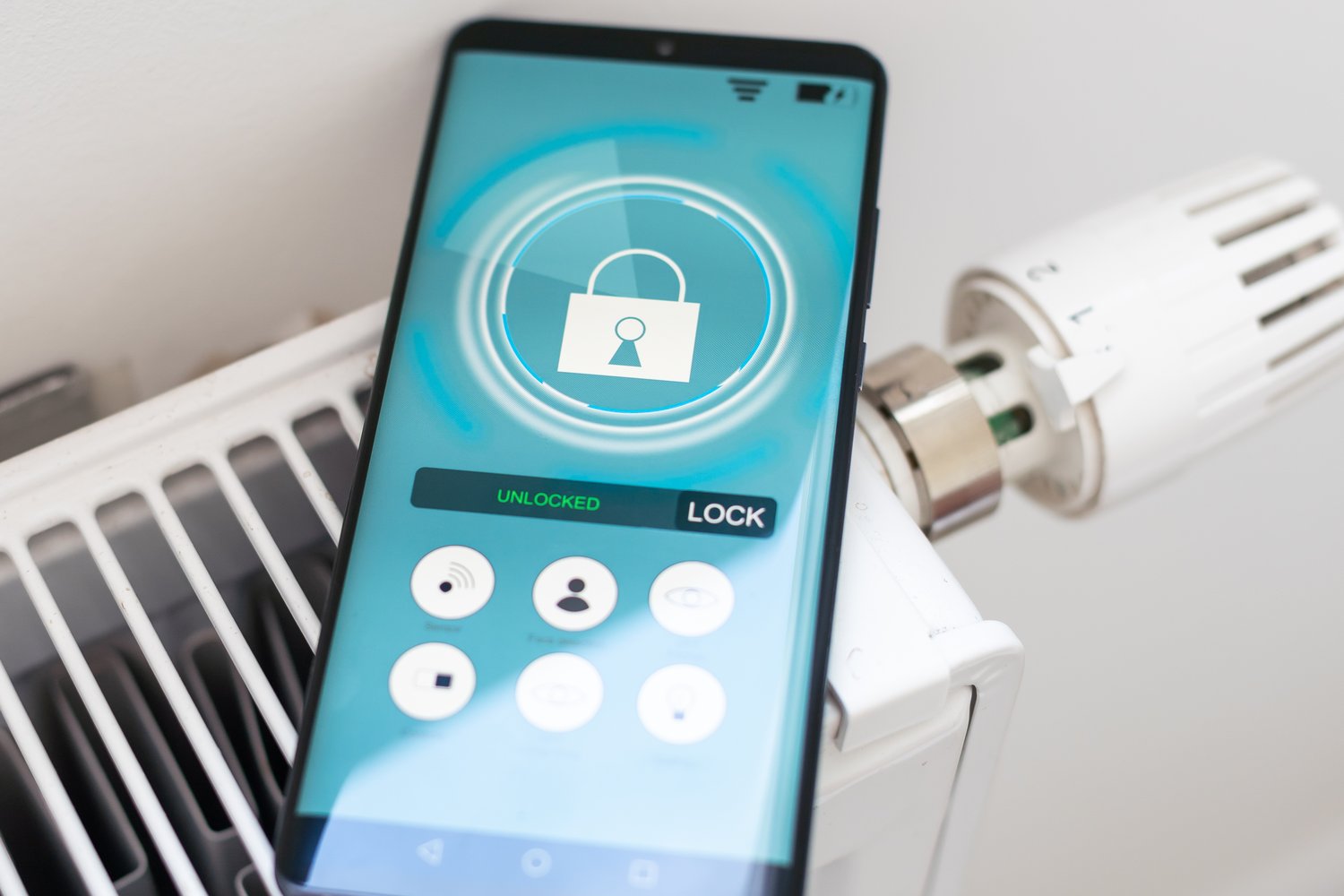The dream of a seamlessly connected smart home can quickly turn into a frustrating reality when devices struggle to stay online. As homes become smarter, the challenge of maintaining reliable connectivity grows. These struggles not only disrupt daily routines but also undermine the efficiency and convenience promised by smart technology. Whether your issue stems from network congestion or mysterious device incompatibilities, understanding and resolving these problems is crucial for a harmonious smart home experience.
- Uncover the root causes of connectivity issues, including network interference and device compatibility challenges.
- Gain insights into identifying and resolving network congestion and signal interference affecting your devices.
- Explore practical solutions like firmware updates and optimizing network settings to enhance device compatibility and connectivity.
By the end of this article, you’ll be equipped with the knowledge and strategies needed to transform your smart home into a more reliable and efficient ecosystem, ensuring that all your devices work harmoniously together. Join the discussion and share your own smart home connectivity experiences to further explore this evolving topic.
Understanding Smart Home Device Connectivity Issues
Smart home devices have revolutionized the way we interact with our living spaces, offering convenience and increased control over various household functions. However, connectivity problems can hinder their performance.
The typical causes of connectivity issues in smart home environments often include network interference and device compatibility challenges. For many users, network interference is a prevalent concern and can result in unpredictable device behavior or complete connectivity loss.
Interference can stem from numerous sources, such as physical obstructions between devices and routers, excessive Wi-Fi signal traffic, or other electronic devices operating on similar frequencies.
Another significant factor is device compatibility. Smart home devices from different manufacturers might not adhere to the same communication protocols, leading to interoperability issues.
Additionally, outdated or incompatible firmware can contribute to connectivity failures, underscoring the necessity for regular updates and compatibility checks.
Troubleshooting Network Interference
To identify and resolve issues caused by network interference, it’s crucial to first understand the sources of interference within your environment. Network congestion, for instance, is common in densely populated areas or homes with numerous Wi-Fi devices. Reducing the number of active devices on the network can alleviate this problem.
Wi-Fi range limitations are another cause of connectivity problems. Devices located far from routers may struggle to maintain a reliable connection. To address this, consider relocating your router or using Wi-Fi extenders to boost the signal range.
Signal interference from other electronic gadgets, such as microwaves or cordless phones, can also impede smart device performance. Placing your router and smart devices away from these electronics can help minimize interference.
Employing these strategies not only enhances your smart home’s efficiency but also ensures a more seamless user experience. Identifying and mitigating network interference is a key step in maintaining a stable and reliable smart home system.
Solving Smart Home Device Connectivity Issues
Ensuring that your smart home devices work seamlessly requires a strategic approach to connectivity. Begin by updating firmware, as manufacturers regularly release updates to improve performance and security. These updates can resolve known issues and enhance device functions.
Next, focus on optimizing your network settings. Begin by ensuring that your router is positioned in a central location to maximize Wi-Fi coverage throughout your home. Consider using a dual-band router to separate traffic, which can help reduce congestion on your network. Implementing Quality of Service (QoS) settings can also prioritize smart home devices, reducing latency and improving connectivity.
Another crucial step is ensuring device compatibility. Double-check that your smart home devices are compatible with your existing network and each other. Sometimes, devices require specific hubs or controllers to function correctly across the ecosystem. If compatibility issues persist, consider a network range extender or upgrading to a more modern router with the latest standards like Wi-Fi 6, which offers improved connectivity and speed.
By applying these effective strategies, you can significantly enhance the reliability of your smart home network, minimizing connectivity issues and ensuring a smoother experience with your devices.
Common Questions about Smart Home Device Connectivity
What are the most common connectivity issues with smart home devices?
The most common issues are network interference, insufficient Wi-Fi range, and compatibility problems.
How can I improve Wi-Fi signal strength for my smart devices?
Place the router centrally, reduce physical obstructions, and consider using range extenders or mesh networks.
What can cause network congestion affecting my smart devices?
Too many devices connected at once, peak usage times, and low bandwidth from the internet provider can cause congestion.
Why is updating firmware important for device connectivity?
Firmware updates often include improvements and bug fixes that can enhance connectivity and device performance.
How do I ensure device compatibility in my smart home?
Check the manufacturer’s specifications for supported network frequencies and compatibility with your current devices.
Can interference from other devices impact my smart home network?
Yes, devices like microwaves, cordless phones, and Bluetooth devices can interfere with Wi-Fi signals.





